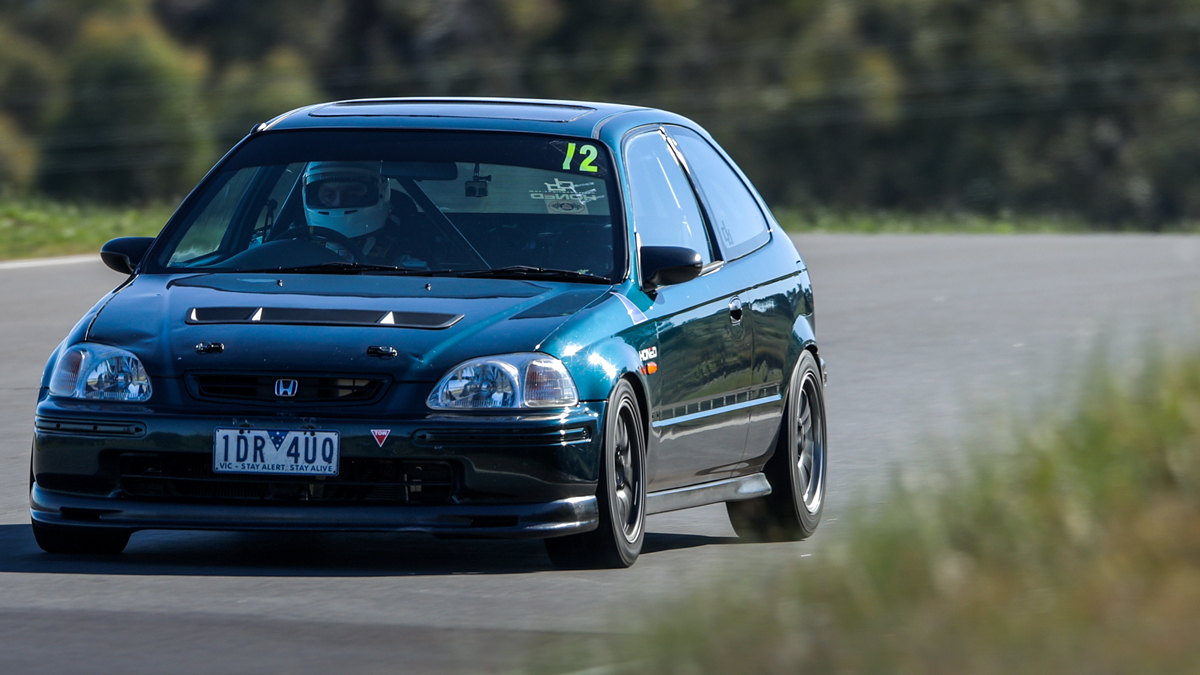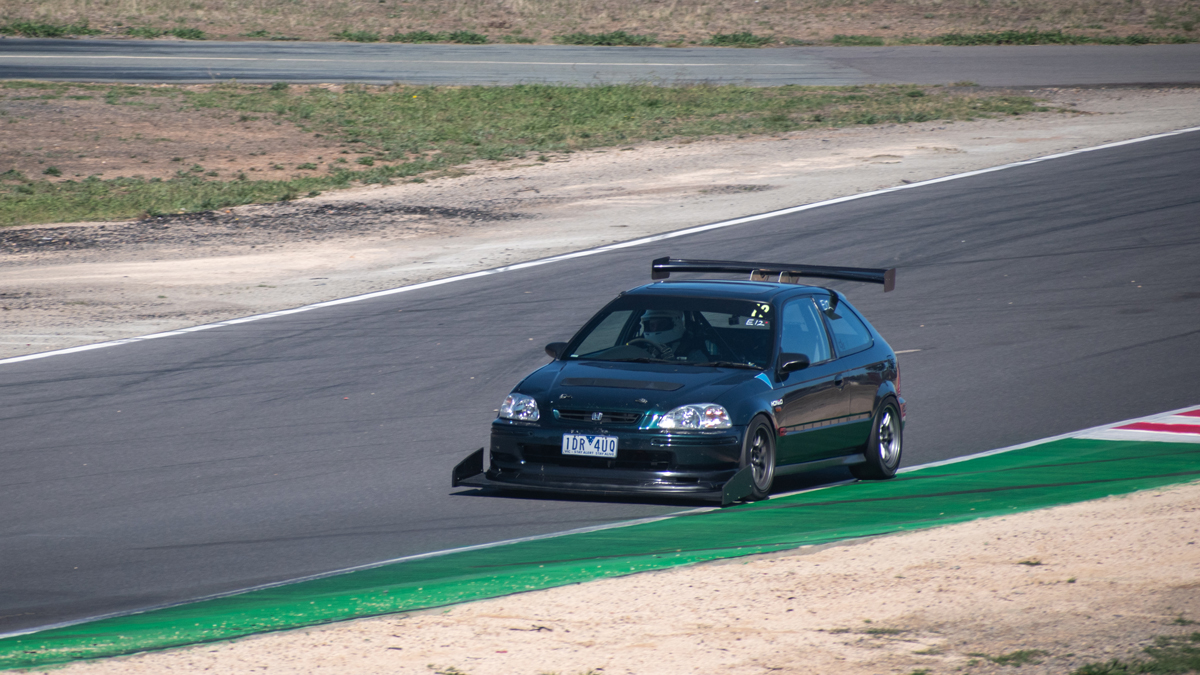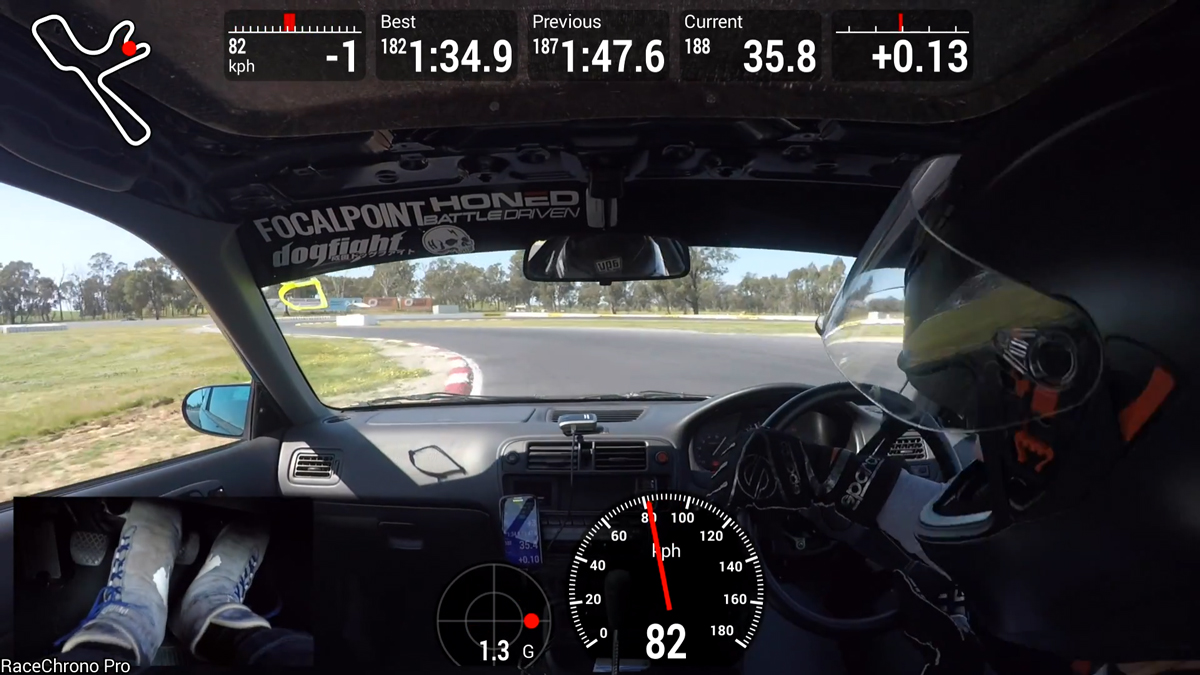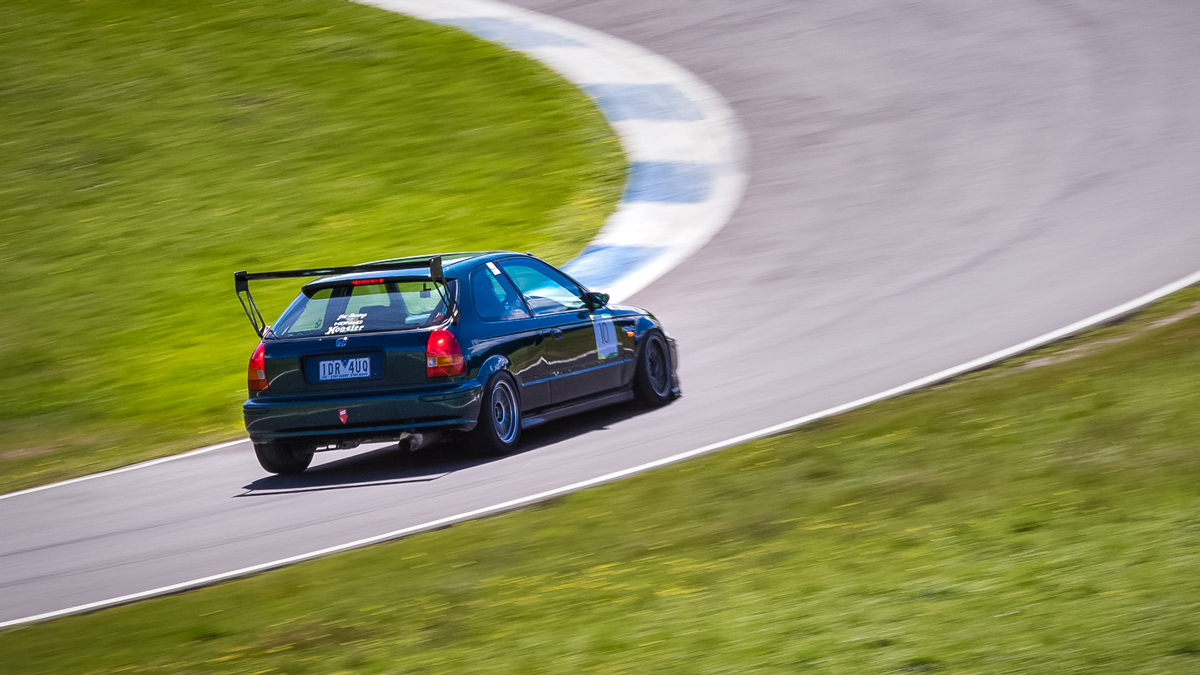A common statement used is that a driver requires more seat time. I have used it, you have used it, it’s a common statement, ‘if you had more time to drive you would go faster’. What does it mean though? Can you really drive faster if you drive more? Does driving more without reviewing yourself as a driver mean you will go faster? Are you just repeating the same mistakes that will result in a similar lap time that you were previously unhappy with?
In the first instance, yes, you can drive faster by driving more. You are never going to be proficient at a skill, particularly driving, if you do it twice a year. It just will not happen. You may go faster than previously, but you are not going to be comfortable in the vehicle, perform to the best of your ability (if you had driven more than two events a year) and you will probably spend most of the day trying to come to terms with the track conditions, your abilities and the handful of modifications that you have decided are more important than driving the probably more than sufficient vehicle you drove six months ago.

This isn’t to say that just by driving your vehicle, that you are going to get faster. There are several people driving at the track every week, who have not gone faster than they have previously. They will claim they need more seat time, but as mentioned above, if you are doing the same thing over and over, you will not get a different result.
This is where all seat time is not equal seat time.

What can you do to plan for your next track day, before the current is over? You need to document what you are doing on the day.
- Film yourself
- GoPro, dash cam, anything that will give you the ability to visually review what you are doing in your car. I have recently added a foot camera, so I can include my feet inputs to my data review. I have uncovered a few spots where my heel toe or left foot braking can be improved. Noted for the next track day!

This is the view that I have found provide the most benefit to improving my seat time. From this view I can see the circuit, what I am doing, my inputs into the car via steering wheel and gear changing, along with the addition of the foot cam. The foot cam became a great asset when I started to focus on my left foot braking.
The overlay from Racechrono is great in that it provides all the data seen in the below Racechrono graph, but relative to the visual from the video. It is interesting to see corners where you are faster on entry, then overshoot the apex and end up going slower than a smoother and ‘slower’ entry. You can see I am 1km down on my best sector through this section of Winton.
- Record as much data as you can
- A simple solution is Racechrono with an external GPS. This will give you accurate speed, track position and sectors that you can use to compare your own laps, along with comparing your data to others. This is great, particularly when you see a similar car is going faster through one section of the track compared to you. What is that driver doing that you are not? Ask them, hopefully they have also filmed themselves as well and you can share the data and experiences together. Raise the limit of driving at your local track or with your group of friends. It is easier to go faster together, push each other’s limits and everyone will be learning and running new PBs.

This is an example of the data available via Racechrono, which was overlayed in the previous in-car screenshot. This is a comparison of two laps, showing the trace of speed (Y-axis) and lap time (X-axis), along with the green line, which is the difference in speed between the two compared laps. This is a great example of the difference a small reduction in speed through a corner can make on exit speed and the speed at which you will approach the next corner. The slower lap was early in the day with a fairly large change in setup, along with old tyres which all contributed to my hesitation in driving the car with complete confidence. (Insert other racing driver excuses…!)
- Take notes in between sessions. This can include car setup as well as your driving. Are you pushing too hard late in the day, resulting in overheating your tyres? Is the car not rotating like you thought it should? A handful of notes can be key to collating the data and providing your thoughts. In review, your thoughts on what felt fast, may have been slower.
- Ask questions
- I am not an expert and you probably are not either. If you see someone going faster than you, ask what they are doing in a section of the track and review their answer. You may be able to harness their knowledge and experience to gain an advantage to further reduce your lap time. It could be car setup, driver skill and experience, or just familiarity with a circuit that they have which you do not. You will not know if you do not ask.
- Read books, listen to podcasts
- There is a wealth of driver knowledge out there in the world. Some of it is written in books, some of it on Instagram and in this modern world, a huge amount of detail is available via podcasts. Ross Bentley’s book and podcast is the perfect place to start. He is arguably the most revered driving instructor and is great at providing Speed Secrets (!!)
- Play video games
- The sim guys will hate me calling them video games, though there are definite benefits to honing your skills as a driver via a sim setup. Not all sims are created equal, so practicing your trail braking on a sim may not translate exactly to your race car, it does however provide a chance to practice your driving when attending the track is not possible. I don’t have a sim setup as I focus on funnelling my budget into track days and hill climbs, a sim would have been handy during these COVID-19 times!
- Have a plan
Once you have reviewed the above, you need to have a plan of improvement for your next track day. I did touch on it earlier, though really believe it does need to be reiterated. There is no point attending an event on the basis that you are going to go faster, if you cannot pinpoint those improvements before you arrive. It is critical! It doesn’t even need to be your own driving, it could be an improvement made to the car, ‘I changed rear dampers to increase rotation through T4 to T6’, ‘I change rear toe to stabilise the car through T3’. The improvements in your driving could be, ‘I will left foot braking through T7 to assist in rotating the rear’, ‘I will short shift from 2nd to 3rd before T8 to keep the car off limiter on exit’. I don’t know what your plan is, but you really need to know it.

Once you arrive to the track, after previously reviewing your data and now armed with a plan, there really shouldn’t be anything stopping you putting that plan into action and seeing the results. It may not be positive, and the plan may need revising, not all theory works in practice. Luckily for you, you’ve still got most of the day left to work on the details and continue to improve on your lap times, as you didn’t go out aimlessly to cut a few laps looking to improve on some hopes and prayers!
The great part about reviewing your data is that it is ongoing, you will continue to refine and improve your driving as your skills increase, along with the improvement you are making to your car. It is never ending and that is what I love about trying to drive my car faster than I have previously!!

Written by Rhys Yeomans
Experienced Track day goer and Honda Civic EK4 Enthusiast
Powered by Best16
